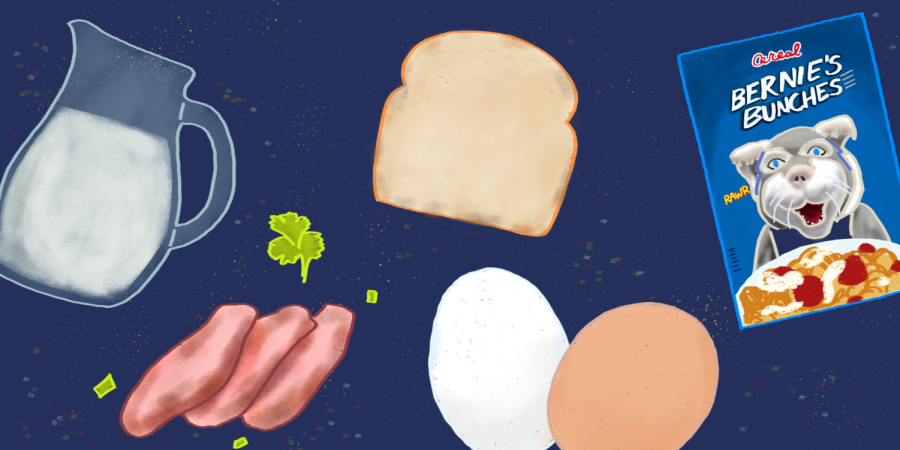Inflation-conscious consumers increasingly turn to dollar stores
February 13, 2023
Consumers and food distributors are anxious as persisting inflation drives up the prices of goods and services. As a result, shoppers are changing their spending habits to favor companies that sell goods at an affordable price.
The most widely used method to measure inflation is the consumer price index. It compares the average price of a fixed basket of goods and services that an average American consumer would typically buy to prices from previous periods.
The index declined 0.1% in December 2022, but it rose 6.5% within a one-year period from 2021, according to the U.S Bureau of Labor Statistics’ January index report.
“There are considerable downside risks to sentiment, with two-thirds of consumers expecting an economic downturn during the next year,” Joanne Hsu, who is the director of the University of Michigan’s Surveys of Consumers, told CNN. “Consumers continue to exhibit considerable uncertainty over both long- and short-term inflation expectations indicating the tentative nature of any deadlines.”
Additionally, the Bureau of Labor Statistics released its job openings and labor turnover survey for December 2022. The monthly report, which entails job vacancies and separations among workers of different sectors, showcased that the labor market is gaining traction.
This increase in job opportunities indicates that more consumers will be able to spend more but will struggle to purchase various vital commodities.
The cost of large Grade A eggs reportedly more than doubled in price since last year.
Despite cheaper freight and commodity costs, the price for cereal and bakery products rose 16.1% because of supplier contracts that previously set a fixed price for months in advance.
Companies set these prices to protect themselves against volatile spikes in pricing based on future forecasts of the economy.
Coffee drinkers and fajita beef consumers are among the largest consumers. They will most likely not see a change until early 2023 or late 2024.
“If before you were spending $80 and now you’re spending $90 [on groceries], I think you’re going to be spending $90 for a while.” Kroger CEO Rodney McMullen told CNBC.
As a result, consumers are opting to shop at local retailers that often sell low-priced commodities, such as dollar stores. American consumers spent 1% more of their budget for food at dollar stores in 2020 compared to previous years.
Additionally, food purchases at dollar stores reportedly increased by 89.7% between 2008 and 2020, making them the “fastest growing retail channel” for the essential commodity, according to GOBankingRates.
Stores like Dollar Tree Inc. may sell highly demanded quality products such as eggs and milk for lower prices because they are not contracted to any supply chain agreements.
This overall paradigm shift in consumer behavior led analysts to conjure differing opinions on where the behavior is heading.
Research company Forrester said that it expects consumer spending will increase, emphasizing how the shopping experience will play a role. Consumers will be highly conscious of what brands they purchase, resulting in a consumer base that acts with extreme caution when purchasing commodities and seeking better prices.
Bank of America Corp. analysts predict that consumers will continue to face the harsh realities of inflation with the higher cost of living this year. Still, consumers will acquire an increase in liquid savings, which will act as a shield against the onslaught of financial trouble they may endure. In the face of a volatile economic landscape, consumers will adapt to businesses and vice versa.
“Businesses do respond to shoppers,” Mark Zandi, chief economist of Moody’s Analytics, told CNBC. “If consumers are price-conscious, price-sensitive, that’ll go a long way to convincing businesspeople to stop raising prices and maybe even provide a discount.”








